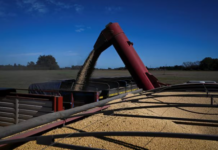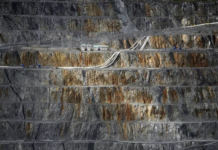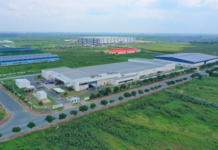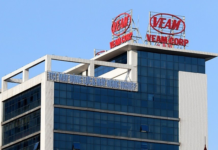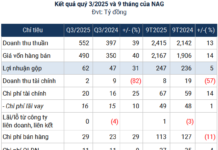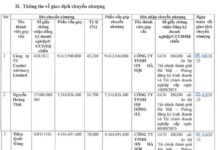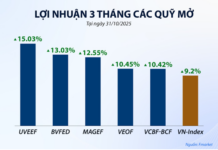
Illustrative Image
The Antapaccay copper mining project, managed by Glencore in Espinar province, Cusco region, stands out as one of Peru’s most promising copper mines. However, the project faces strong opposition from indigenous communities, posing significant challenges to its development.
Developed from the Tintaya mine, Antapaccay is located approximately 10 km away, at an elevation of 4,100 meters above sea level. Despite its complex terrain, the site is rich in ore, with estimated reserves of 541 million tons. The ore boasts an average copper content of 0.59%, 0.13 g/t gold, and 1.51 g/t silver. The expansion project, including the “Coroccohuayco‑Integration” phase, aims to increase annual copper production to 250,000 tons, leveraging existing infrastructure from Tintaya to optimize extraction costs.
With an ore processing plant capable of handling 70,000 tons daily, Antapaccay is hailed as a “largely untapped giant” in Peru, the world’s third-largest copper producer. The project is expected to create 3,000 jobs during construction and 1,100 permanent positions during operation, offering substantial economic opportunities for local residents.
Additionally, the project contributes to export revenues and supplies critical raw materials for the global electrical, construction, and electric vehicle industries. Thanks to its low extraction costs and advanced technology, Antapaccay is poised to enhance economic efficiency for both the operating company and Peru’s economy.
However, the project has faced opposition from locals. In March 2025, over 10 indigenous communities blocked access to the mine to protest the $1.8 billion expansion plan, citing concerns over environmental impacts, water resources, and agriculture. Residents also expressed dissatisfaction with the perceived lack of benefits from the project and insufficient consultation before mining activities began.
Glencore has stated that it has engaged in dialogue with communities to address their concerns and emphasized that strict environmental and safety measures will be implemented. Despite these efforts, protests persist, hindering the expansion’s progress.
The Antapaccay project exemplifies a prevailing trend: while mining projects hold significant economic potential, failure to adequately address community interests and concerns often leads to resistance and delays. Lessons from Antapaccay underscore the importance of community consultation, environmental protection, and maximizing economic benefits for local populations in the development of large-scale mining projects.
“State-Owned Company’s Stock Surges 46% After Record Profits, Despite VN-Index’s Weekly 36-Point Dip”
With a primary focus on mineral extraction, particularly precious metals such as gold and silver, as well as zinc, copper, and aluminum, this enterprise also manages and operates the Dong Pao mine – boasting the largest rare earth element deposits in the country.


